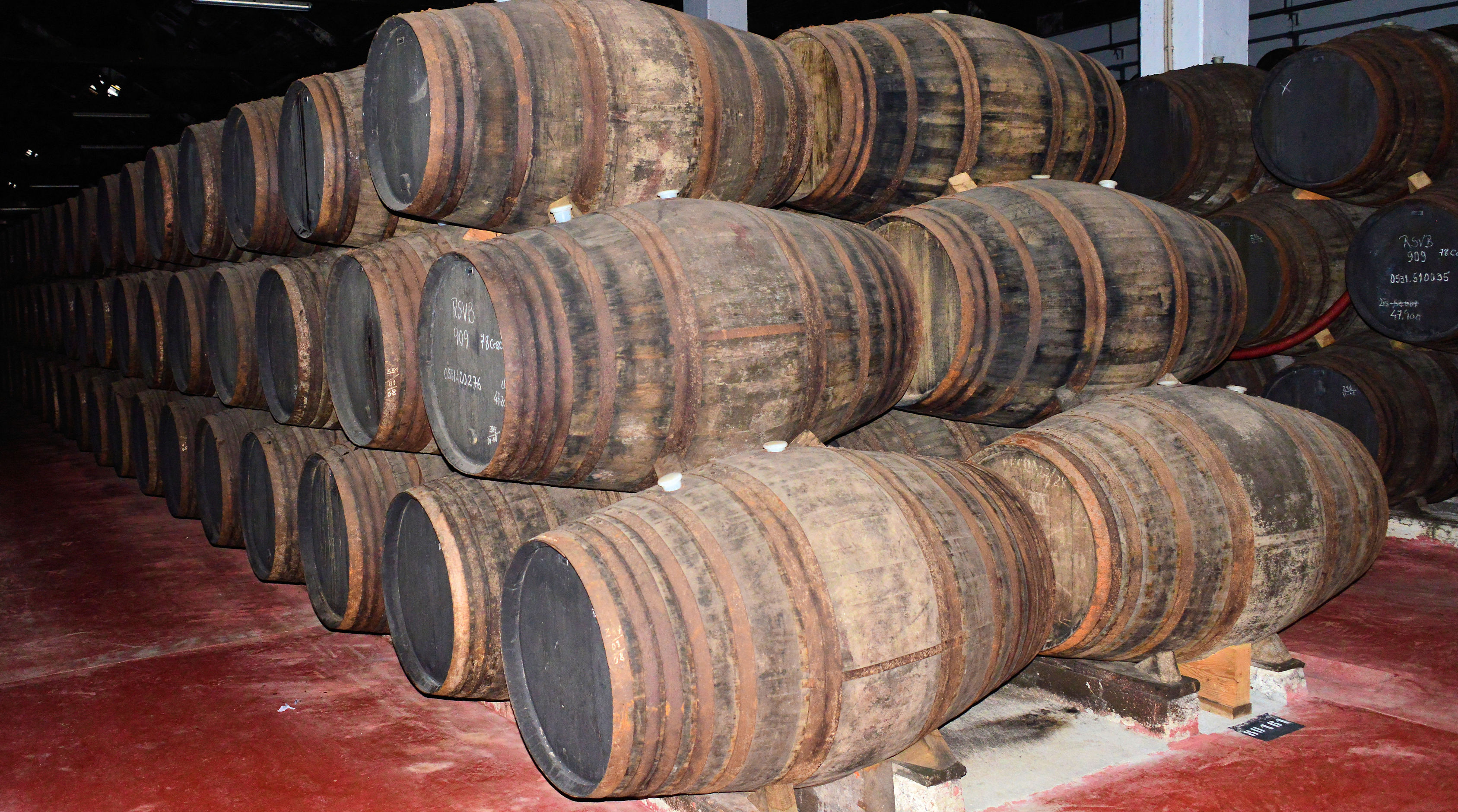If you would ask me for the most under-rated Port Wine companies… Smith Woodhouse would be for sure one of my answers.
The company was established in 1784 by Christopher Smith, an English politician (member of parliament and later Lord Mayor of London). However, it seems that this was more or less his hobby as his political career demanded most of his time.
His son Newman Smith joined the firm in 1810 as a partner; in 1818 the brothers William Pitter and James Woodhouse were made partners… and the name of the company was changed in 1818 to “Christopher Smith, Son & Woodhouse”. It is really tricky to keep track of this firm and the constantly changing partners… In the first 58 years of its existence, the company changed its name ten times…
Especially in the senond half of the 10th century, the company became well-known for its Vintage Ports. The company survived all the drama around the Phylloxera, the first World War, and the Second World War. But the time after the Second World War was very difficult for the Port trade – many companies had to give up.
In 1956 the brand of Smith Woodhouse was sold to the London-based firm Louis Gordon & Sons Ltd. Graham’s became the shipper for the wines of Smith Woodhouse. When the Symington family bought Graham’s in 1970 they also ended up being the new owners of Smith Woodhouse.
While many Port Wine fans speak highly about the turn-around of Graham’s with the stellar wines of 1970 and 1977, it is also remarkable that Smith Woodhouse launched several Vintage Ports in the 1970s and 1980s that belong to the best wines of their years. I just want to mention here the 1977 and 1983.
As Graham’s was the important brand, their wines got the most media attention… and the Smith Woodhouse wines were always flying somehow just below the radar.
The wines of Smith Woodhouse are somewhere between the floral, sweet wines of Graham’s and the more tannin-dominated wines of the Dow Style. I personally must say that I have yet to drink a Smith Woodhouse wine that disappoints me. I have been at several blind Vintage Port tastings where the Smith Woodhouse wines were my wine of the evening.
But as they are not so well known, you can find great value in these wines. They are normally much cheaper than the big names – and give the same and often even more drinking pleasure.
What I really like are the Late Bottled Vintage Ports of this company. They are unfiltered and unfined and mature therefore slowly in the bottle. They are way cheaper than Vintage Ports – but amazing to drink. Some people call them the poor man’s Vintage Ports.
It is interesting to see that the LBV bottles from Smith Woodhouse have a splash of white paint on them – which is normally only to find on Vintage Port bottles. As the wines mature while they are in the bottle, they will throw sediment and should be stored like a Vintage Port and also be decanted when opened.
The grapes for the Smith Woodhouse Ports come traditionally from the Rio Torto Valley. In the past, the grapes from Quinta do Vale Dona Maria were used in their best Ports – but at some point in time their contract expired and Smith Woodhouse had to look for a new property to grow the grapes for their wines. They found it in Quinta Madalena – also in the Rio Torto Valley.
Half of the wines of Quinta Madalena are a field blend of very old vines – and the grapes of these old vines are very concentrated and give the Ports these incredible fruity flavors and solid structure.
In the past many people said that the Ruby’s are best produced by English firms and the Tawny’s by Portuguese firms… and in this case, I absolutely agree. Great Vintage Ports, great Late Bottled Vintages.
However, somehow the Symington Family has decided to focus on other brands rather than Smith Woodhouse. As far as I know, the last produced Vintage Port was the 2016. 1500 cases were produced and I’m afraid that this might have been the last Vintage for a long time. I got a few cases of that Vintage – and of the 2011, as this was just such a great year.

Web-Page: https://vintageportsite.com/port-houses/smith-woodhouse
